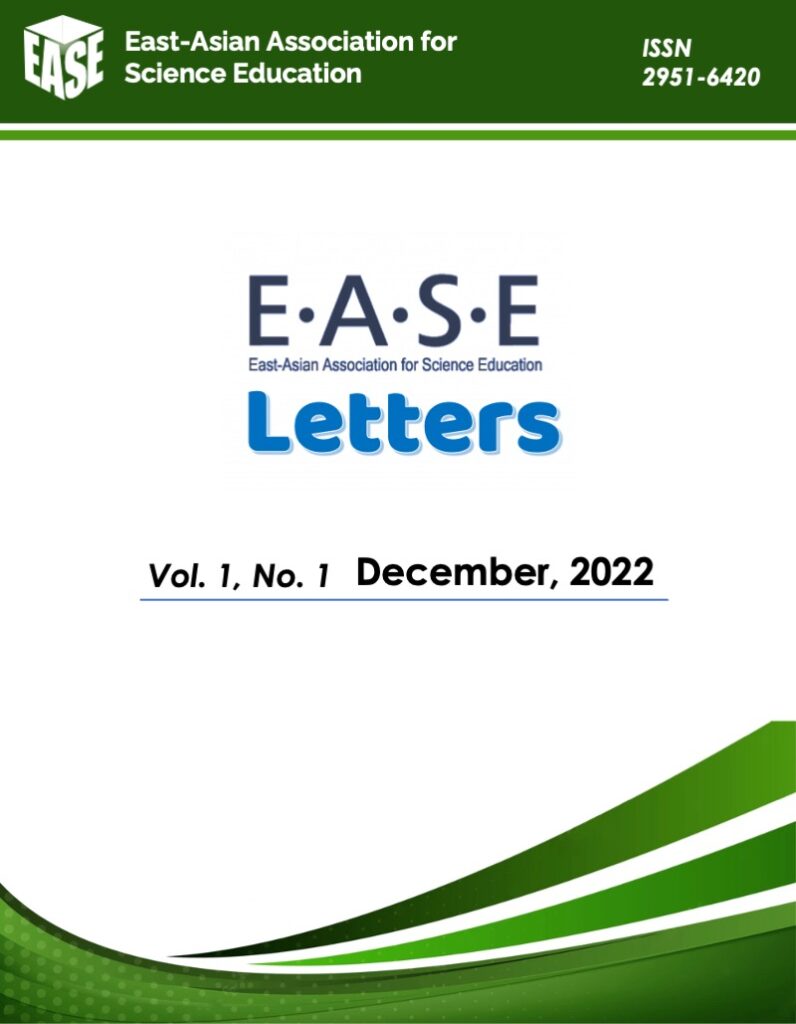The Economic Perspective of STEM Education in Japan from the1890s to 1930s
Abstract
Japan’s experience exemplifies how education can significantly contribute to the building of a modern nation. Science, technology, engineering, and mathematics (STEM) education, in particular, contribute to a nation’s human resource development, especially in terms of its economic growth and the creation of scientists and engineers. Herein, we investigated STEM education in Japan from the 1890s to the 1930s based on prevalent economic theories. During this period, the Western-influenced upsurge in innovations, wars, democracy, and educational movements caused the third Kondratieff’s long wave and the shift from the third to the fourth stage of Rostow’s economic growth. The resulting industrial development increased the demand for a scientific and engineering workforce, thereby expanding secondary and higher education. Even when these social conditions changed, mathematics and science, known as rika in Japanese, continued to be essential elements of the school curriculum. Compared to mathematics, science in secondary education was influenced by World War I. Further, engineering education was organized in Japan at the higher and tertiary education levels at an earlier point than in the West. Technical education during this period was imparted as secondary-level vocational education. However, the connection between engineering and technical education was tenuous because of differences in the purposes of workforce training. Additionally, no collaboration between STEM subjects occurred in this period.


